Hello,
Thank you for saving this kitty. In some cases these guys are chronic upper respiratory kitties, or herpes, or a few other harder to treat things. I would talk about a nasal flush and long term lysine and even rotating antibiotics. See if there is a feline specialist near you. And be honest about your budget. See if they can help. I wish you the best of luck!
my 8 year old beagle has a re-occurrence of IVDD. He has had surgery in his lumbar, thoracic and cervical areas – all within 2 years. His most recent 2 surgeries were thoracic in June 2019 and cervical in August 2019. He is now displaying symptoms of another disc problem. Help. Surgery is not an option anymore. He moving his back legs but seems to be getting worse. We have confined him but …. I don’t want him to have a life of paralysis. Is there light at the end of the tunnel here if we stick with conservative treatment. He does not appear to be in pain. We have been in contact with our regular vet but he can only do so much. Our neurologist always says the same thing to get an MRI and the MRI is another $2,000. I hate to bring money into this as a factor but I really think this will continue to happen. He lost over 12 pounds, got his harness, restricted his activity. We thought we did the right things. Has anyone had similar experiences. What about a doggie wheelchair. Any thoughts.
Comments
Hello! I rescued a stray domestic shorthair that came crying at my door about 6 months ago and named him Koda. He is the sweetest boy of about 5 years (not too sure about his age though) and I am so grateful of the love he has shown me. Since I’ve had him, there has been nasal discharge on one side of his nose. He began sneezing after a while and I noticed large chunks of hardened mucus would come out. I took him to the vet and he was put on antibiotics and they cleared out most of the build up. The vet also did an x ray and it showed that one side of his sinuses were completely backed up with mucus, so he did a blind bioscopy to look for polyps and could not find anything. The antibiotics seemed to work at the time, but now looking back I’m assuming it was because the they had cleared out most of the mucus, because the symptoms came back after about a week after stopping antibiotics. We are now looking at constant snoring sounds, occasionally gasping for air, sneezing and decreased appetite due to not being able to smell his food. The vet recommended us to someone that had the proper technology, which would be a scope and a ct scan to go in and look for any polyps, and remove them if found. This would cost me $1500-$3000 which I cannot afford since I am a college student 🙂 I went anyways to get their opinion and stupidly spent about $1000 on more testing, appetite stimulants, and more antibiotics that didn’t work. I am considering trying steroids to try and lessen the symptoms just so that he can have an easier time breathing if they worked, but I am afraid of the cost and especially the side effects, if it it doesn’t help that will be more wasted money. Recently, the nasal discharge has spread to the other nostril and he has more bloody mucus than ever before, and as of three days ago, a mucus-like mass has protruded from one nostril and has slowly turned black and bloody over these few days. I tried to remove it but it was very stuck and started bleeding, and I could tell the poor baby was in pain. It may be a polyp that has slowly moved out of his nose, so I will be calling a vet tomorrow to hopefully get it taken out.
I am looking for another opinion on what might be going on or of any similar stories. If anyone knows any good vets in the Tampa, Florida area I would be forever grateful. I am willing to take Koda anywhere in Florida if it means I can find help for less money or just more straightforward people who care about animals and not just the money! Koda is still a happy and loving cat but he has slowly become less playful, and I can tell he does not feel his best becsause of all of this. I am afraid of how much worse it can get. Thank you so much for any help in advance!
Comments
Hi, on November 23 our dog Darla was diagnosed with IVDD and was put on cage rest and given meds. As of today I feel like she’s gotten worse. She used to walk some when we took her outside to use the bathroom. Now she refuses to walk unless she really needs to go. And it’s only a few steps. Whereas before she would walk way more. Her front legs now are weak and her paws don’t flip over like they did. She does react with all legs when I pinch between the toes. The front legs are more delayed but she does pull them in. She doesn’t seem to be in pain anymore as she used to yelp out and whine when we picked her up. We’ve been to two vets (the second to get another opinion) and both agreed to the original findings. We have started cold laser therapy and she’s had one session so far. I’ve also started doing physical therapy on her after watching your YouTube videos etc. is there anything else I should do? She used to wag her tail and now just seems so sad. Is it possible for her to loose so much muscle mass that she’s so weak? When the weighed her she had lost 3 lbs but the vet said it was because she hasn’t been active. I can feel her bones protruding out. (she was small to begin with and was very active) she does eat and drink normal. The second vet did say I could give more pain and muscle relaxer.( every 8 hours as opposed to 12) Maybe the muscle relaxer i need to cut back on? I’m just at a loss and so sad she isn’t getting back to normal by now.
Comments
I have a 4 year old miniture dachshund that suddenly couldn’t walk anymore we took him to the emergency room and they took some x Ray’s and stated that there were a couple disks that looked concerning. We were told to keep him in the cage for 4 weeks and see how things go 2 days he seems worse so we took him to the vet and they said make sure that he continues to eat and drink and urinate. IVDD surgery seems like one of our only options however, I dont want it to fail and have him be in more pain any suggestion?










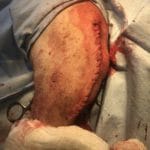


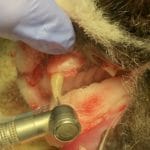

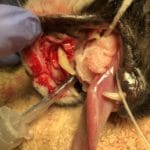
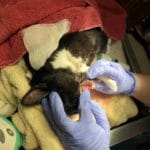
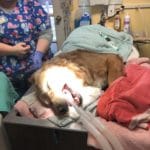
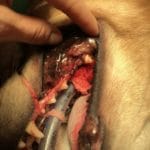
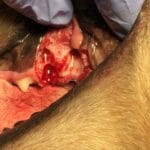
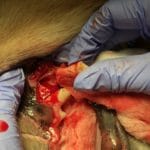
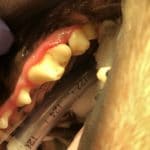
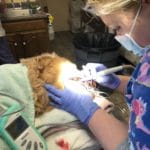
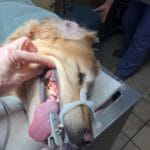
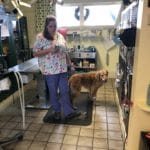

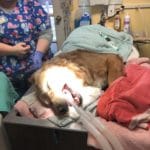


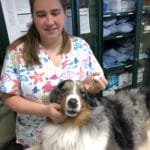

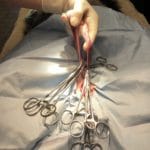
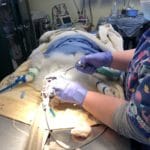
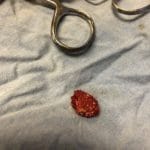


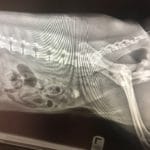



Hello,
I’m sorry to hear about your pup. I always tell my clients to never lose hope. Trying to make a decision as to whether or not to proceed is a personal one. I can’t answer it for you and no one else should either. I have known some dogs to do very well with weakness or paralysis. But it takes a dedicated family and lots of TLC. I tell people to give it two to three weeks IF they can manage pain and the care it entails. I hope this helps and I wish you the best.
Thank you for your message. Have you ever heard of dogs with recurring IVDD. We are both committed to doing what we have to do. We are both home full time. We have decided this is not about us but about Kody. Is there something in addition to IVDD like a progressive form of this disease that some dogs have that would cause multiple episodes so close to each other. My husband thinks he is pre-maturely aging.